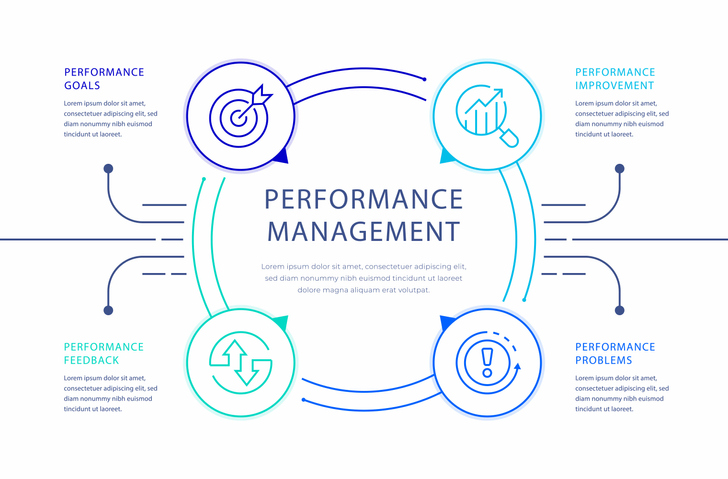
You have likely heard the expression “Get with the programme!” It is frequently used as a direct command to someone to conform to the company’s established procedures.
The problem is that the majority of business owners in Melbourne do not have “a programme” for their employees, and as a result, they receive erratic and unpredictable results, as well as significantly lower performance, output, and productivity from each employee in your business. Then everyone is frustrated: you, because no one is doing what you need, and they, because they were not given precise instructions and guidelines regarding the work and outcomes they are expected to produce.
Given the current economic climate, with inflation remaining high, salary demands on the rise, and a possible severe recession on the horizon, no business in Australia can afford to employ individuals who are no longer “with the the programme”.
To be explicit, I am not referring to a sweatshop, boiler-room “manual” with step-by-step instructions on everything you do in your office (although that may be required for certain positions and tasks). I am referring to a well-considered and clearly communicated set of RESULTS and EXPECTATIONS for each member of your organisation, so that they are crystal clear on what results they are expected to produce for you. It is know as a job scorecard.
For instance, is the purpose of your receptionist to”answer the phone” or to be the “director of first impressions” ensuring that each client, prospect, and person who calls your office is overjoyed with how they are treated and assisted? To ensure that each prospect is immediately connected to a salesperson and not left to navigate your phone tree or leave a voicemail for an unknown stranger in the hopes of a callback?
The majority merely instruct their assistant, “Answer the phone.” However, even a rude, unintelligent, and deliberately spiteful individual is capable of doing so. Are you certain that’s what you desire? If left to their own devices, some employees may behave in this manner. How frequently have you contacted a company’s “customer service” department and been left angrier and more frustrated than before? My reasoning precisely.
Consequently, the first stage is to ensure that each employee has a scorecard that clearly defines the following:
1. The purpose of the position: What is the objective of this position? To expand sales? Please customers? Avoid cancellations and customer churn? Develop clients and foster customer loyalty? Start here when considering positions for your organisation.
2. Key Results: Once you’ve determined the position’s objective, you’ll need to specify the individual’s expected measurable outcomes. This is simple for sales and marketing professionals. Obtain $100,000 in monthly new transactions. Produce 10 qualified appointments or leads per week. That could include “saves” or “upgrades” in customer service. On a service desk such as ours, it could be the rate at which tickets are processed and customer satisfaction evaluations. For leaders, it may be reaching specific revenue and profit goals. Provide each individual with at least one but no more than three essential outcomes they must achieve. This removes the drama from performance, as it is not founded on opinion or anecdotal evidence if it is measured.
3. Specific Responsibilities: Ensure that every employee has a list of daily, weekly, monthly, quarterly, and yearly duties, tasks, and responsibilities. Thus, you can avoid lost balls and forgotten responsibilities due to the excuse, “No one told me I was supposed to do that.” Obviously, if you have a clear understanding of the outcomes a person must achieve, the tasks almost write themselves – after all, if the objective is to reduce attrition or increase sales, and employees are compensated accordingly, it is much simpler to “motivate” them to do what is required.
It is beneficial to share these roles and scorecards with the entire team so that everyone in the organisation is aware of each individual’s responsibilities. In Microsoft Teams, you can create Wikis, To-Do lists, file sharing, checklists, and chat in order to collaborate on initiatives involving multiple departments and employees.
Now once you have these roles and scorecards defined it is extrmely helpful to share them with your entire team so everyone in the company understands what each person’s roles and responsibilities are. One way of sharing that is in Microsoft Teams, where you can create Wikis, To-Do lists, file sharing, checklists and chat to collaborate on projects that cross multiple departments and employees.
If you want help in creating these scorecards or what tools to use then click here to schedule a discover call with me to see what is possible.
Schedule Your Appointment Here
If you are not ready and would like to know more about us then visit our main Business Services Area by clicking the Link below:

